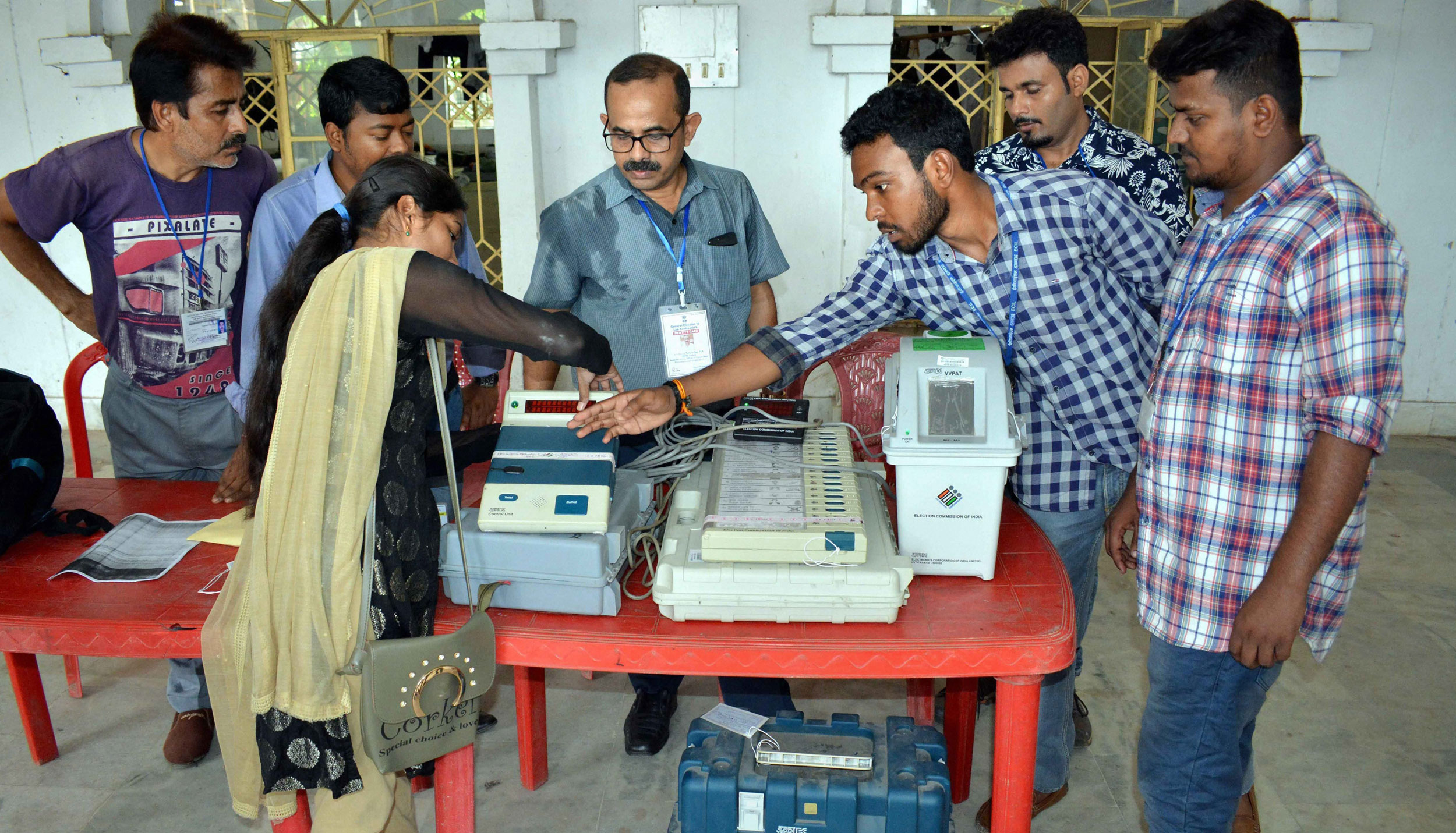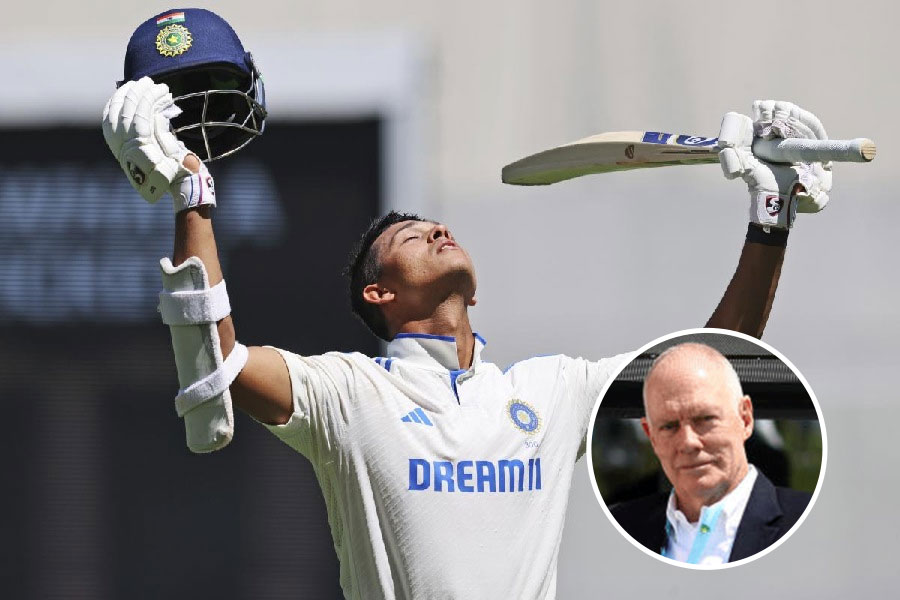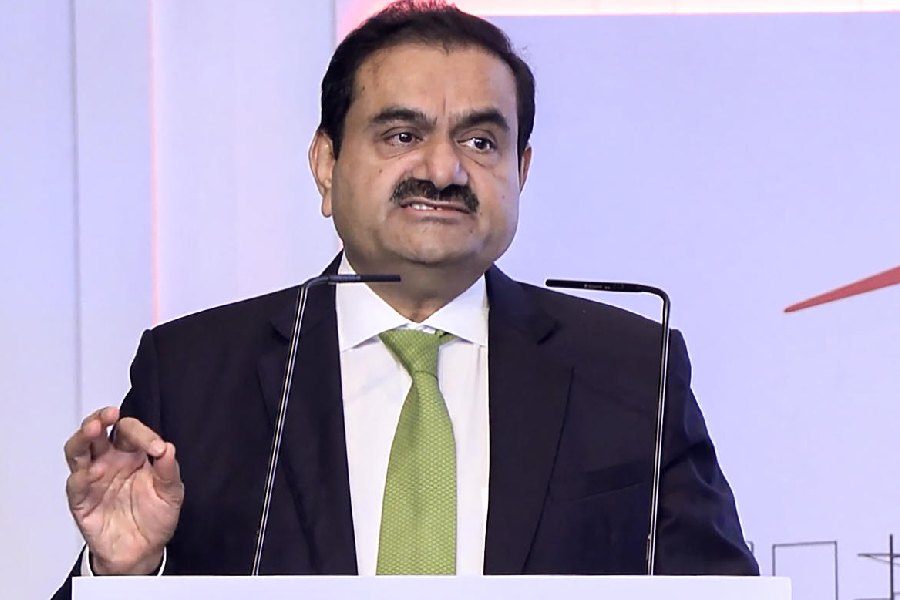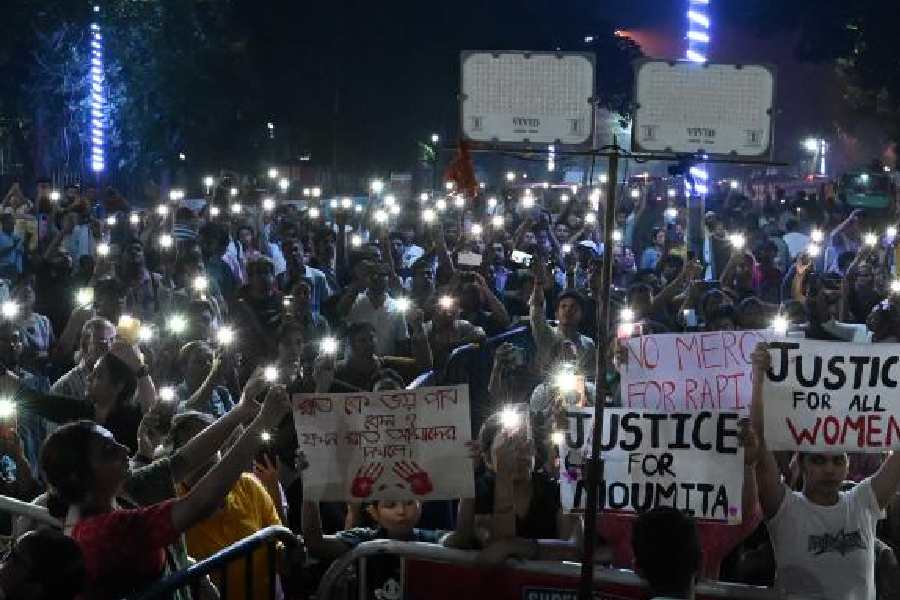At a time when the electorate has reposed emphatic faith in the leadership of the prime minister, Narendra Modi, there are two sharply contrasting views of West Bengal among India’s opinion-makers that warrant emphasizing.
The first is the consensus of India Inc which holds that the eastern state, once a vibrant centre of industry and commerce, is an infuriatingly difficult place for business. The view is strongly coloured by the personal experiences of the business class that had its origins in Calcutta but left the city in the wake of the political turbulence that began in 1967. Despite the three decades of political stability provided by the Left and attempts by its successor regime to herald an economic regeneration, Bengal’s marginalization from India’s centres of growth has become marked. The belief, bolstered by the bitter experience of Tata Motors in Singur, that there is a profoundly disruptive streak in the state appears to have become conventional wisdom. Thus, while Calcutta is seen as a great place to host cricket matches and even come for a culinary holiday, the charm has faded on the question of investments. No amount of talking up and even the creation of a spectacularly modern Calcutta in Bidhannagar and New Town have been able to arrest this scepticism. Calcutta may well be a great retirement home for the aged but for the young and the talented, personal growth has become dependent on buying the one-way ticket to the growth centres of India and overseas.
There is, however, an alternative perception. For India’s beleaguered Left-liberal intelligentsia, West Bengal has always been the citadel of a ‘progressive’ culture that was perceived to be under attack in the rest of India. The Bengali civic culture, it was held, was enlightened, artistic, compassionate and devoid of sectarian strains. West Bengal, it was held, had very successfully overcome its earlier legacy of unending communal riots and emerged as a centre of amicable co-existence of foods and faiths. Even the decimation of the Left in 2011 and the advent of Mamata Banerjee did not shake this faith in ‘progressive’ and ‘secular’ Bengal. India’s liberal intelligentsia looked away from the violence in the villages and the extortion in the cities to focus on the beef rolls and the hospitality accorded to Pakistani artistes unwelcome in the ‘cow belt’.
The recently concluded general election has affected both perceptions. The spiral of political violence that began with last year’s panchayat polls and continued through all the seven phases of the Lok Sabha election has bolstered the image of an unsettled state that in, many ways, is fast resembling the bad old days in Bihar. Bengal was the only state where candidates were targeted, where there were no-go areas for some campaigners, where roadshows were attacked, where booth capturing was prevalent and where post-poll violence is rampant. Corporate India was wary of the state before the elections and this feeling has only increased after the declaration of results — though there is a sigh of relief that its mercurial chief minister isn’t coming anywhere on the national stage.
However, the election outcome has come as a shocker to India’s liberal intelligentsia. The scale of Modi’s victory — and they deluded themselves into believing that Indian voters would strongly uphold their ‘idea of India’ — was seen as deeply troubling. But disappointment turned to depression at the scale of the Bharatiya Janata Party’s advance in the state. The BJP not only ended the day with 18 members of parliament but its popular vote rose from 17 per cent in 2014 to 40 per cent in 2019. This staggering 23 per cent rise happened despite the lack of any organization and the absence of ‘star’ candidates, not to mention the state government-endorsed intimidation of BJP supporters. Additionally, for the first time since 1951-52, the Left will have no MPs to represent Bengal in the Lok Sabha.
The disaggregated data suggests a profound transformation of West Bengal. The smug view that the BJP’s avowed Hindutva left Bengalis cold and that ‘Jai Shri Ram’ had no resonance beyond the Hindi-speakers of Burrabazar has been punctured. According to the post-poll Lokniti-CSDS survey — seen as the most authentic dissection of voting behaviour by scholars — the BJP secured 57 per cent of the votes of Bengal’s Hindus — 57 per cent of the upper caste vote, 65 per cent of the backward classes vote, 61 per cent of scheduled caste votes and 58 per cent of the adivasi vote.
The implications are striking. First, it is clear that the Trinamul Congress’s narrow majority of 22 of the 42 seats owes disproportionately to its success in winning 70 per cent of the Muslim vote — up from 40 per cent in 2014. TMC also secured 32 per cent of the Hindu vote, an eight per cent fall from 2014. This suggests, first, that the social character of the TMC vote has been significantly altered; and, second, that the voting indicates a deep communal polarization in Bengal. The social character of the Bengal BJP also reveals an unexpected ‘subaltern’ bias. If we assume there is a loose correlation between caste and class, it implies that the BJP has become the choice of poorer Hindus, particularly in the rural areas. The larger consequences for the future of a bhadralok-dominated political culture are worth considering. In terms of social profile, the BJP is increasingly resembling the Left, minus any Muslim support. This is why there is a direct correlation between BJP advance and Left decline.
There is an inclination to extrapolate the Lok Sabha outcome to the state assembly elections due in 2021. Although there will be elements of continuity, the two elections are very different. Certainly, the TMC will need to put its house in order and ponder over why it has lost public support. In particular, it will have to curb the high-handedness and criminal behaviour of its supporters.
On its part, the BJP still has a long way to go. Its organizational networks are patchy and most of the votes it secured were spontaneous assertions of anti-TMC sentiment and support for Modi. At present, the party is still not uniformly embedded in the communities, except perhaps in North Bengal and the districts adjoining Jharkhand. In the districts, the party has got rid of the tag of being an organization of Hindi-speaking ‘outsiders’, but the association still lingers in the bhadralok imagination.
The BJP is still vulnerable to the invocations of Bengali regional pride, and Mamata Banerjee successfully used it in the aftermath of the outrage over the destruction of the bust of Ishwarchandra Vidyasagar just before the final round of polling. It is noteworthy that although the BJP outperformed the TMC in the first six rounds of voting, it drew a blank in Calcutta and southern Bengal in the final round. If it seeks to consolidate its gains in the coming months, it will have to develop a leadership rooted in the state. At present it is excessively dependent on material assistance and political guidance from its national leadership. Hopefully, the larger national exposure of its 18 Lok Sabha MPs will allow for the emergence of a rounded state leadership.
Before the declaration of results on May 23, the Bengal BJP suffered from a crisis of confidence. Accustomed to being on the fringes and habitually drawing a blank in elections, it lacked self-belief. It didn’t know what winning meant. Last week’s spectacular performance may have contributed to a mood change. In the grass roots, BJP workers are suffering but in places they are meeting the TMC challenge frontally. Some of this combativeness, combined with political sagacity, could help it recover the forgotten legacy of Shyama Prasad Mookerjee.












